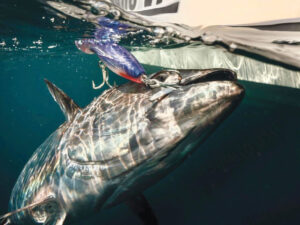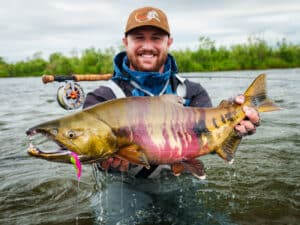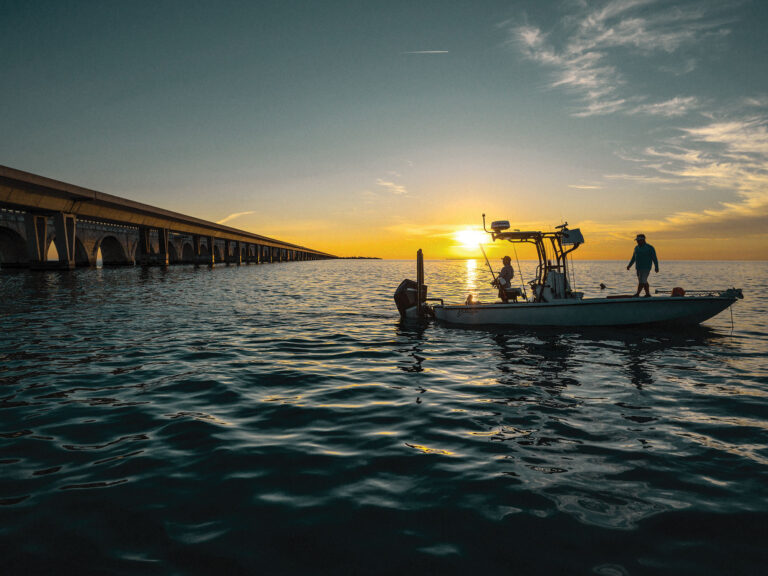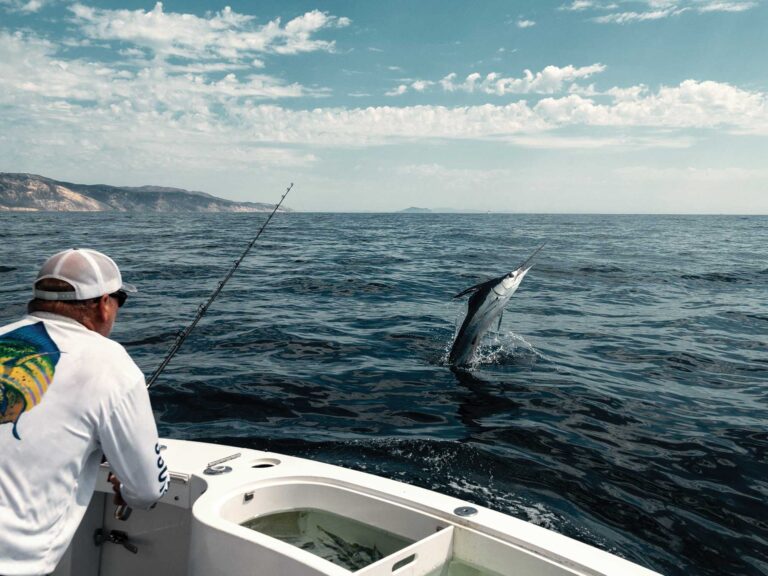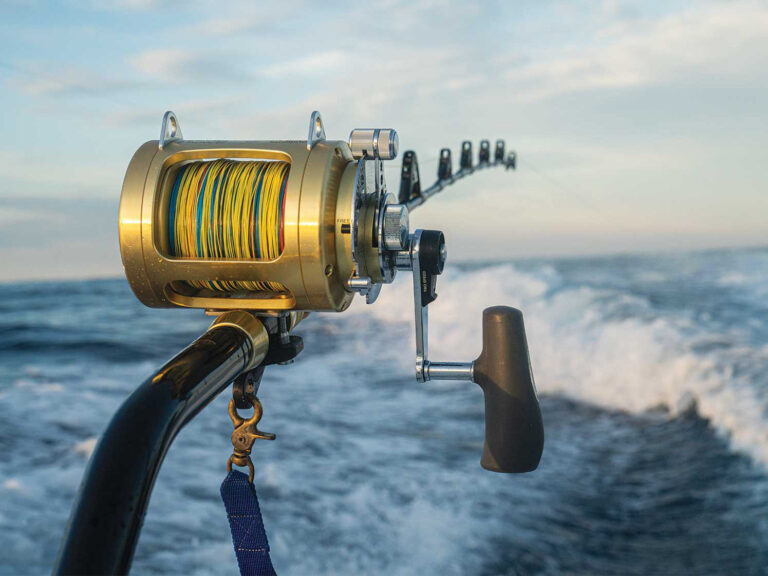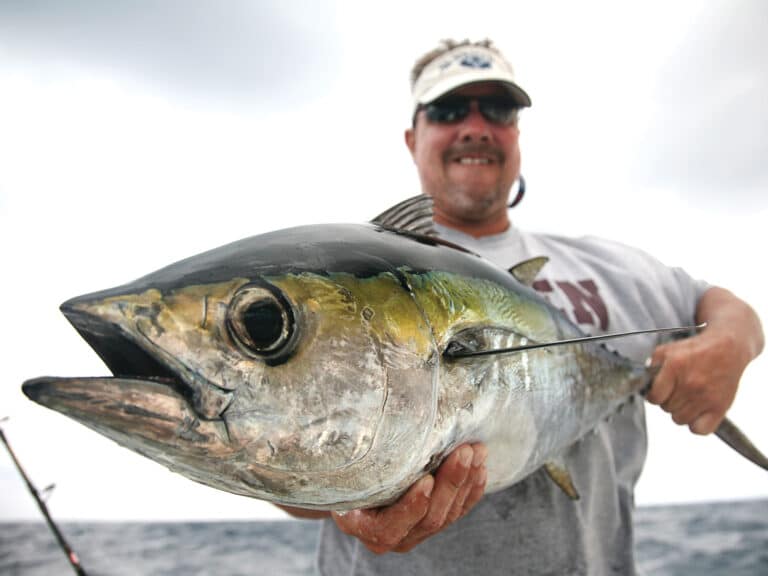Successful fishing requires a wide array of separate skills. How many of these do you know well enough to incorporate them into your fishing without thinking about it?
1. You are rigging a 30-pound conventional reel for offshore trolling duty and want to double the line before attaching the leader. Which would be the best knot to use for making the double line connection?
A. Offshore knot
B. Spider hitch
C. Bimini twist
D. Surgeon’s end loop

2. While drift fishing near-coastal waters, a large school of bait starts swimming towards the boat. You can obviously see the school is being harassed by larger fish just below the surface. To trigger a strike, you should:
A. Cast your bait (or lure) way out in front of the bait school in the direction it is swimming and wait.
B. Cast into the middle of the bait school.
C. Tie on a sinker to place your bait on the bottom.
D. Cast the bait to the trailing edge or side of the school and use a slow or erratic retrieve.

3. Anglers are switching to circle hooks when using bait because of improved catch rates and conservation benefits. Which of the following correctly describes how to properly set a circle hook?
A. When you feel a strike, lean back and forcefully set the hook by twitching the rod tip several times.
B. Place the rod tip down into the water and set the hook by swishing the tip in a Figure 8 pat-tern.
C. Lock the reel drag down as tight as possible and place the rod in a rod holder.
D. When the fish begins taking drag pause briefly (count up to 10), slowly raise the rod tip and then reel steadily until the line comes tight. Afterwards, fight the fish in a normal manner.

4. You are anchored over structure, fishing natural baits above the bottom and your line keeps getting cut off. What should you do?
A. Add a short trace of wire leader to your terminal tackle.
B. Pull the anchor and start trolling.
C. Add a stinger hook to the tail or body section of the bait.
D. Tie on a larger hook.
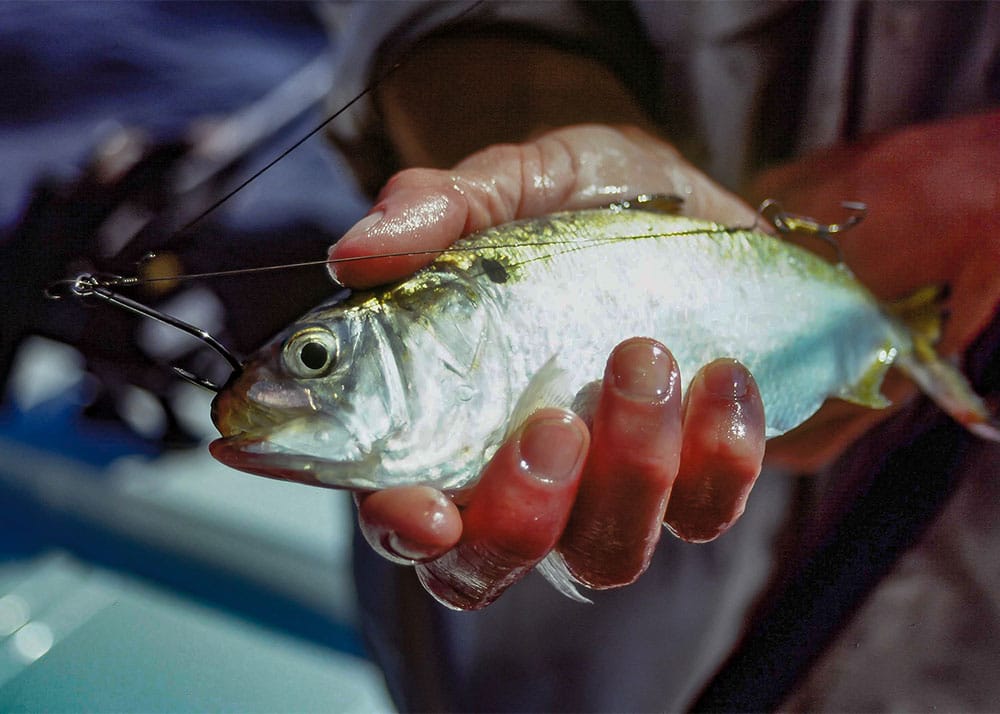
5. Which of the following correctly describes how to “wire” or leader a billfish or tuna?
A. Raise your arms straight up, holding the leader above your head and pull on it using a hand over hand motion with the thumbs pointing back towards your body.
B. While holding the leader tight with one gloved hand, lay the slack portion across the up-ward-facing palm of the other hand. Make a couple of overhand wraps by rotating that hand in a clockwise motion, lifting and pulling at the same time.
C. Wrap the leader tightly around one arm and walk to the other side of the cockpit to bring the fish alongside the boat.
D. Grab the leader with your non-dominant hand and pull as you wrap the leader counter-clockwise around your palm.
Answer: B. If not done properly, wiring big fish can be very dangerous. Always keep your bal-ance by spreading your feet apart and don’t pull while leaning over the boat’s covering boards. Instead, slowly straighten your back and lean back slightly while keeping your elbows tucked in close to your chest as you pull the leader. By wrapping the leader clockwise around the palm, the spirals can be released or “dumped” rapidly if the fish surges by straightening the fingers and pointing them at the fish.
6. Downriggers maximize bait presentations at various depths for king mackerel, wahoo and other species. What is the best way to change a downrigger bait or check it after a missed strike?
A. Slowly raise the downrigger ball with the bait attached.
B. Pop the fishing line out of the downrigger release clip and reel it in immediately.
C. Reel the downrigger ball up rapidly to get a fresh bait back in the water as quickly as possible.
D. None of the above
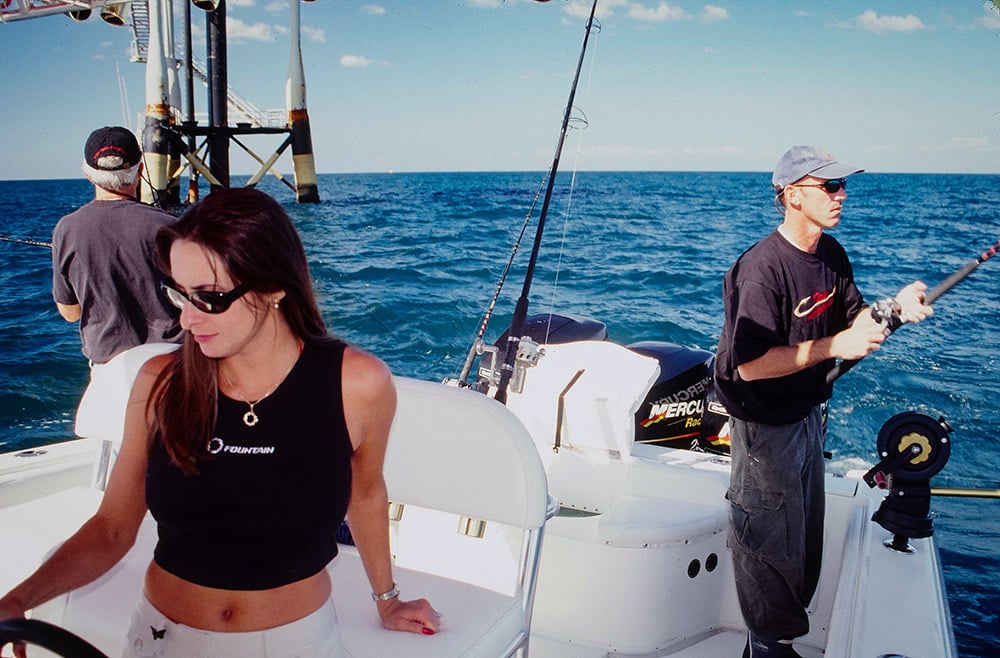
7. With the absence of structure, what are the keys to finding game fish in open water?
A. Blind trolling
B. Local knowledge
C. Changes in water color or clarity
D. Pure luck


